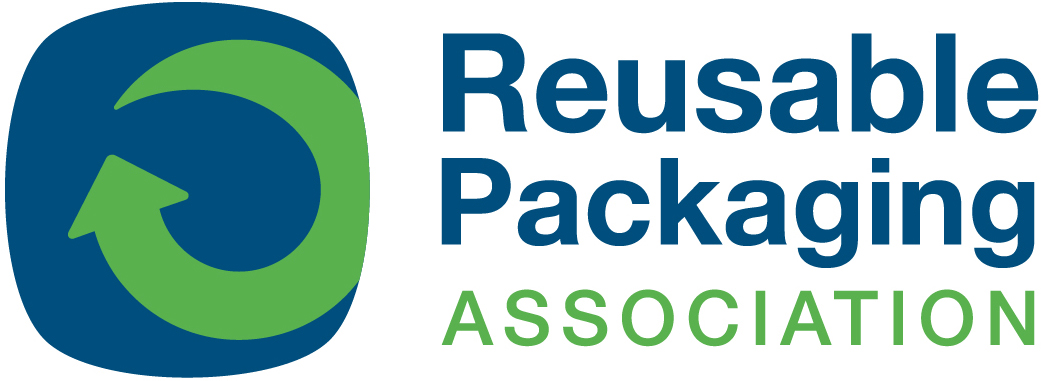PACK EXPO provides the Reusable Packaging Association with a great platform to help new and existing users of reusables become better informed buyers and consumers of reusable packaging solutions. For the third consecutive year, the RPA sponsored an educational track at PACK EXPO, providing our members with an opportunity to educate attendees about the benefits of reusables in general as well as promote their company’s services and products.
At PACK EXPO 2012, RPA sponsored five informative sessions.
• Measuring the Impact of Reusables
• An Overview of the Nationwide Use Reusables Campaign
• Optimize Your Sustainability Efforts through a Reverse Logistics Center Model
• Implementing an Asset Tracking System is Easier Than You Think – And It’s Key to Meeting New Regulations
• Returnable Container Selection Criteria
Measuring the Impact of Reusables ORBIS Driving Measurable Environmental Results Presentation
Reusable packaging can provide an efficient method to handle, store and move product through the supply chain while also reducing a company’s environmental impact in terms of solid waste generation, electricity consumption and greenhouse gas emissions. But how can you measure the environmental benefit? Life-cycle analysis is an effective tool to measure a product’s impact on the environment throughout its life cycle, from raw material extraction to make the product to its disposal or recycling at the end of its useful life. This presentation outlines the use and value of this important measurement tool. Presenter: Bob Klimko, ORBIS Corporation, Director of Marketing-Retail Supply Chain
Overview of the Nationwide Use Reusables Campaign Use Reusables PACK EXPO 2012
The “Use Reusables” campaign is a joint project of Alameda County, CA public agency StopWaste.Org and the Reusable Packaging Association with financial support from the U.S. EPA. Use Reusables has helped many businesses make the switch to reusable packaging solutions, benefiting the company’s bottom line and making a positive contribution to sustainability efforts. This presentation provides an overview of the campaign’s free resources, including a suite of online tools and educational materials, workshops and financial assistance. The presentation also describes results achieved by companies that have employed the resources of the campaign. Presenter: Maia Coladonato, Environmental Engineer, SAIC
Optimize Your Sustainability Efforts through a Reverse Logistics Center Model Rehrig Pacific Presentation
The presentation outlines the sustainability benefits and business opportunities that are possible when a reusable transport packaging program is supported by a reverse logistics center. The presentation includes information on how reusable asset tracking and waste stream management increases supply chain efficiencies and translates into financial savings and revenue generation. Presenter: Matt Dannenfeldt, Vice President of Logistics for Rehrig Pacific Company
Implementing an Asset Tracking System is Easier Than You Think – And It’s Key to Meeting New Regulations CAPS Presentation
Upcoming government regulations such as the Food Safety Modernization Act (FSMA) require data capture at numerous critical control points throughout the supply chain. An asset tracking system can automate the required data capture, and implementing one is much easier than most people think.
The presentation explains how to utilize an asset tracking system to reduce labor, avoid loss, and automate compliance with upcoming government regulations. It goes through the 4 steps of reviewing available technologies, reviewing systems and use, setup and compliance, and implementation. Presenters: Keith Schall, Director of Business Systems and Technology; and Drew Merrill, Vice President, Business Development and Strategic Planning, CAPS.
Returnable Container Selection Criteria 3P Supply Chain Engineering Presentation
There are many factors to weigh in order to select the most effective reusable container. This presentation outlines tools that are available to help businesses make informed decisions regarding the type, size and density (parts per container) of the most effective returnable container for their operations. It also helps businesses weigh operational constraints such as ergonomics, space in the manufacturing operations, available storage space, inventory policies, and operator efficiency. These constraints need to be balanced against inbound transportation costs to provide the lowest total delivered cost of material to a plant or warehouse. Presenters: Michael McGrath, President of 3P Supply Chain Engineering, and Michael Kennedy, Vice President of Operations at 3P Supply Chain Engineering.
To reach the RPA presentation library click here
